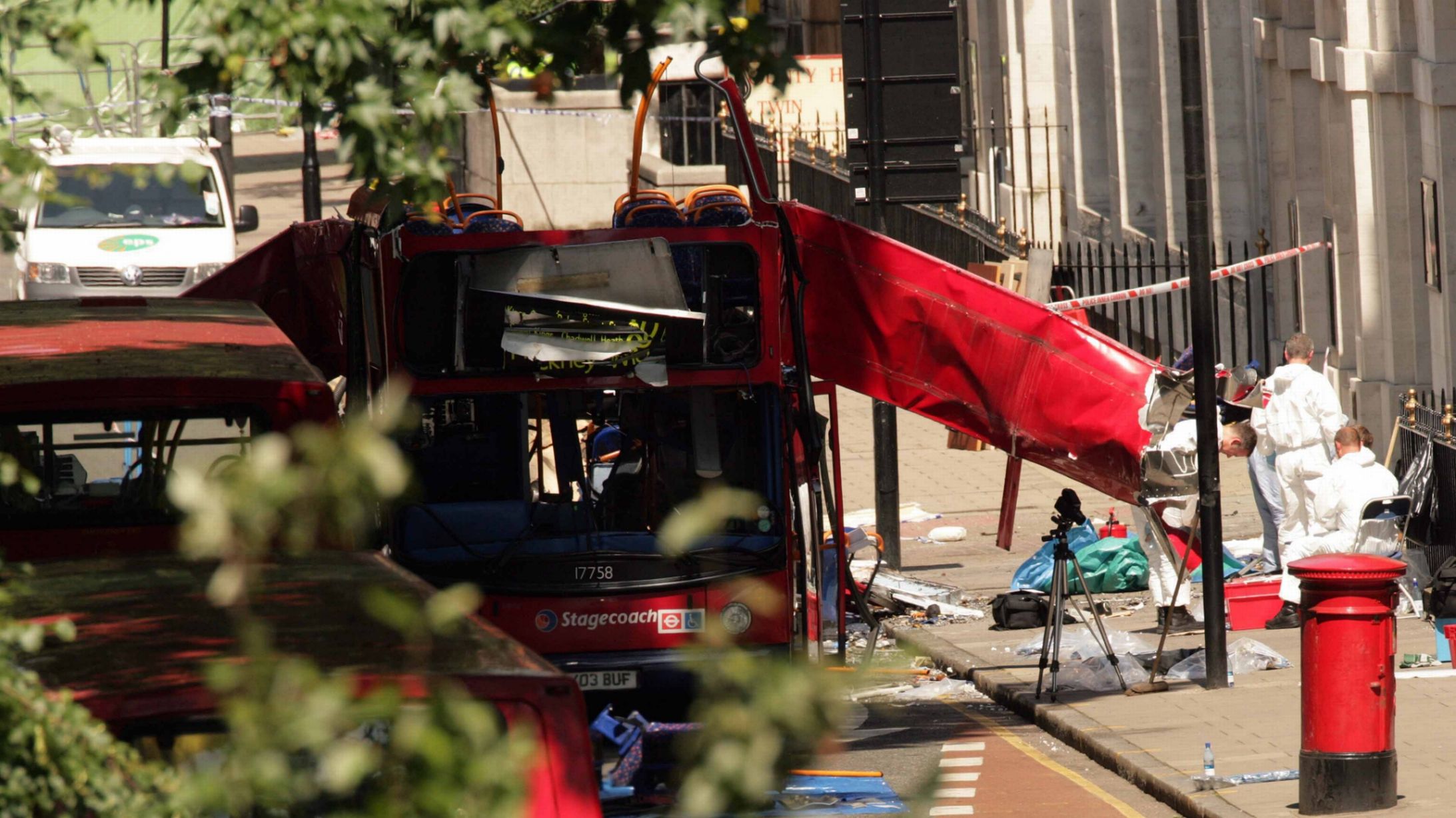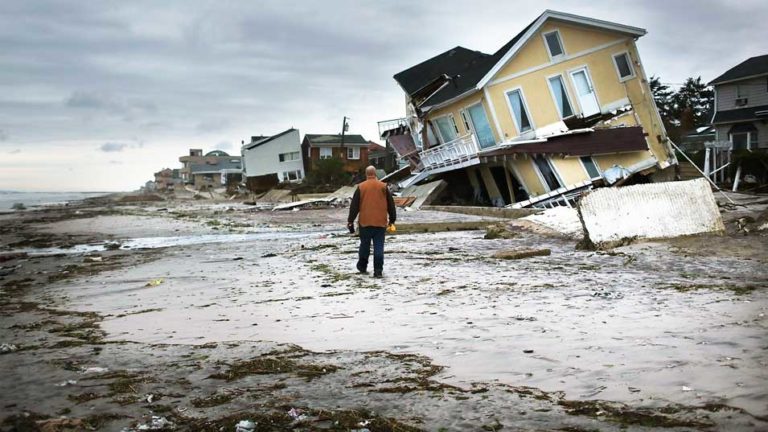THE Essential Safety Checklist for Hostile Environments Abroad

Predator: Jaron O., terrorist, European jail
Discussion: “People walk around with blindfolds on. They do nothing to protect themselves. I like to go to a place with lots of Westerners. Where my bomb will kill many. Then others in my group come with guns so even more will die.”
“The last time, I left my backpack under the seat on this bus. Got up and walked away. No one noticed. They were too busy with their smartphones. By the time the explosion lifted the bus in the air, I was half a block from the scene. If it hadn’t been for the street surveillance camera, I would have gotten away free.”
“You can put us in jail, but there will always be more. Our brothers will continue the fight,” Jaron said.
Jaron is serving time for the bus bombing. Outside his playpen, improvised explosive devices (IEDs) have gotten more sophisticated, as have the degenerates who set them off.
Unfortunately, Jaron’s act of violence against peaceful citizens is becoming more frequent. Sure, it happens far too frequently in the U.S. – Orlando and San Bernardino burn fresh in our minds. But for this article, let’s expand the horizon.
Think about times when you’ve traveled abroad because of work. Was there ever the potential for violence like Jaron described?
You might not consider a terrorist attack when you plan safeguards against workplace violence, but think about the precautions. You’re on a work assignment. Violence breaks out. You’re caught in the middle of holy – or unholy – hell. Yep, sure sounds like violence in a work environment to me.
Active shooter or shooters. Explosive devices or other means of injuring or killing. The only thing that changes is the location. Instead of a sales conference or other external setting in the United States, now you’re in foreign country where the risk of an attack is high.
This high-risk locale is what’s called a hostile environment.
What is a Hostile Environment?
The perks for business travel aren’t what they used to be. If you’re traveling overseas, you never know what region is really hostile nowadays.
Used to be that Belgium was a nice friendly little country. Sure, their main tourist attraction is a statute playing with his pee pee, but still it was known as a really calm little place, except during the World Wars.
Flash forward to 2016, and you have home-grown terrorists creating havoc at the Brussels airport and subways.
There are plenty more bad guys running around the world in hostile (and what were once pretty friendly) environments.
No matter where you travel, you need to take precautions to protect yourself from terrorist attacks and other threats.
So, you know you have to be on the lookout for people who use explosives, high-powered assault rifles, and big old knives. But what else?
THE Essential Safety Checklist for Hostile Environments Abroad
Here’s a checklist to protect yourself and increase your chances for survival while traveling internationally:
Practice Situational Awareness for the Entire Trip
- Keep your eyes open and out of your digital devices at all times.
- Observe physical characteristics of people around you.
- If you think anyone may be following you, make a special effort to note identifying characteristics. Don’t tip the person off, but let your company or embassy know.
Keep a Tactical Mindset
Always run scenarios in your mind to increase odds of surviving a crisis.
- If something were to occur here, what actions can I take to be safe?
- Where are the exits?
- If I can’t run, where can I hide?
- What items could become improvised weapons if all else fails and self-rescue is the only option.
If you plan ahead, even just minutes prior to a crisis, you’ll be better able to react when there’s minimal time and lots of stress.
Research Your Destination
Before you travel, conduct research on the country and culture.
Identify all possible THREATS:
- Technical surveillance
- Health risks such as diseases
- Raids, robbery carjacking, kidnapping or hostage risks
- Environmental such as weather-related or natural disaster risks
- Agencies such as foreign intelligence, law enforcement or corporate espionage potential risks, and finally
- Terrorism groups working in the region.
Go to the U.S. State Department website. Use STEP to sign up for alerts, and let them know where you’ll be traveling and when.
Keep a Low Profile
- Make your own reservations if possible.
- The fewer people who know your plans, the better.
- Make sure your luggage tag conceals your name and address.
- Carry an up-to-date list of emergency contacts, including the U.S. embassy.
Passports and Visas
Make sure you have everything required for the countries in which you’ll be traveling.
- Be sure that your passport won’t expire for at least six months.
- Keep copies of your passport and other ID in your carry-on and checked luggage.
- Also, leave copies of your passport and other ID with someone at home.
- Consider emailing a scanned copy to yourself so you’ll have on your mobile device.
- If your passport has a radio-frequency identification (RFID) symbol on the front, block identify thieves by wrapping it with aluminum foil, or use a double-lined RFID-blocking carry case that seals it completely, like Escape the Wolf’s Zero Trace™ products.
In the Airport
- Always know where you are and how to exit the facility.
- Check in early to avoid long lines.
- Stay away from glass wall areas and public waiting areas.
- Move as quickly as possible to your gate.
- Be aware if someone walks away from a backpack, suitcase or other item in a public place. Find someone in law enforcement or a transportation worker and inform them.
Arriving At or Departing From the Hotel
The most vulnerable part of the trip is between the point of arrival at or departure from the hotel.
- Don’t linger in the parking lot, garage, or public space around the hotel.
- Be alert for suspicious persons and behavior.
- Watch for staged distractions (pickpockets, thieves).
- Stay with your luggage until it’s brought to the lobby or placed in the taxi or limo.
- If driving, park as close to a hotel access point as possible and in a lighted area.
- Before re-entering the car, check the door and interior for signs of entry.
- Women: Always request an escort to your vehicle.
Hotel Registration
- Take note of anyone in the lobby with an unusual interest in your arrival.
- Keep luggage within view or ideally positioned against your leg.
- Place your briefcase or purse on the counter in front of you during check-in.
- Some countries will temporarily hold your passport at the hotel desk for review by the police or other authorities. Ask for its return at the earliest possible time.
Arriving At Your Room
- Avoid ground level rooms, which are vulnerable to break-ins.
- Rooms near an elevator or stairwell can make you vulnerable to being snatched and dragged into the exit, especially for women.
- Always ask the bellhop for assistance to open the room, turn lights on and check to ensure the room is vacant and ready for your stay.
- Before the bellhop leaves, inspect the door lock and other room security.
- Identify the nearest stairwell and count doors for a rapid escape in case of fire.
- Observe the hotel uniform to be able to confirm hotel staff identify.
- If someone knocks at your door and you’re not sure who it is, call down to the front desk before opening the door.
- Avoid leaving your room key with the front desk.
Room Security
Operate as though all hotel rooms are bugged for audio and visual surveillance.
- Observe the condition of the room when you first arrive, especially the condition of windowsills, carpet edges and door frames.
- Check these whenever you return.
- If there is debris, dust or fingerprints, this may be a sign of unauthorized entry.
- Always hang a Do Not Disturb sign when leaving.
- If possible, avoid leaving a laptop in your hotel room.
Hotel Access
- Before heading out, determine which entrances are open and the times.
- Ask the front desk, bellhop or concierge about recommendations on safe areas to jog, dine or sightsee, which taxis to use, and the local customs.
Around Town
Avoid high-profile target areas. Terrorists love areas where lots of people gather or symbolic areas – transportation centers, events, tourist areas, government areas.
- Get a map and know your way around the city before heading out.
- If there is more than one train station, identify ahead of time and the desired end destination.
- Monitor the local news to keep current on potential protests and riots.
Bomber Alert
- Be on the lookout for anyone who is over-dressed in coats or looks oddly shaped.
- Profuse sweating, a glazed stare and mumbling can also signal a bomber about to hit the ignition switch.
At Work
Don’t relax just because you’re at a place of work during your overseas travel. An incident can just as easily happen here – not only violence but also corporate espionage. Stay alert.
Escape
If a crisis occurs, the first and best option is to elude the threat altogether. The second is to escape the threat. The third is to fight the threat.
If you aren’t able to avoid the threat, then your initial reaction should be to get as far away from the threat as possible.
If it’s a mugging or kidnapping attempt, the best strategy is to make as much noise as possible. This can scare off the perpetrator. It can also ensure there are witnesses to tell law enforcement what happened if you are taken captive.
Tape and Handcuffs
In some cases, you may decide the best option is to stop fighting and surrender temporarily. This decision should be made only when you know the bad guy isn’t going to blow your brains out.
Here’s where some knowledge of escape comes in handy.
First, you should always carry a razor blade and a handcuff key. They can be concealed pretty easily and they’re both very useful.
The most popular restraint by criminals and terrorists is common threaded packing tape. Like Houdini, you can learn to “get big” to create just enough slack to escape if someone is binding you with tape.
It’s all in the presentation when getting bound. Put your wrists tightly together and extend your arms outward, palms facing up, so that your arms touch from wrists to elbows. This should create enough slack in the tape.
Once you’re bound and the bad guy is gone, stand up. Raise your hands as high as possible and as far away from your chest as possible. Then bring your arms down with as much force as possible and drive your elbows past your chest, so your bound wrists hit just below your breasts. You should be able to break tape or zip ties doing this.
What to do if your hands are behind your back? If you’re limber and have long arms, scoot your butt through your arms, then step each leg and foot through your arms. You can now break the tie as described above.
Active Shooter
In the case of an active shooter, the best strategy for increasing survivability is to increase distance between you and the bad guy.
Run away from the shooter in a zigzag pattern from cover to cover. This decreases the shooter’s accuracy. Identify objects can stop a bullet (like concrete) versus objects that simply conceal you (like a curtain).
Self-Rescue
If all other options are exhausted and you’re faced with death, you and others may have to resort to self-rescue. That’s what the three Americans did on the train in France.
You may think you have no chance against an automatic weapon, but think again. The shooter’s back is not always against a wall. The weapon can’t be covering 360 degrees at one time. When the weapon isn’t pointed at you, it’s time to act.
Think about what you can use as improvised weapons – a suitcase, chair, table, fire extinguisher. Remember, if you can gain control of the shooter’s head, you have control of their body.
These are only a few of the many travel safety precautions that can be taken. For more recommendations, consult Escape the Wolf: The Professional Handbook for the Traveling Professional.
Workplace violence has gone global. When you think about it, these safety precautions are pretty universal whether you’re visiting a client in the big city, are just a few miles from your home office, or across the ocean. You never know when violence can strike, so stay alert and prepared.
More to Follow!



